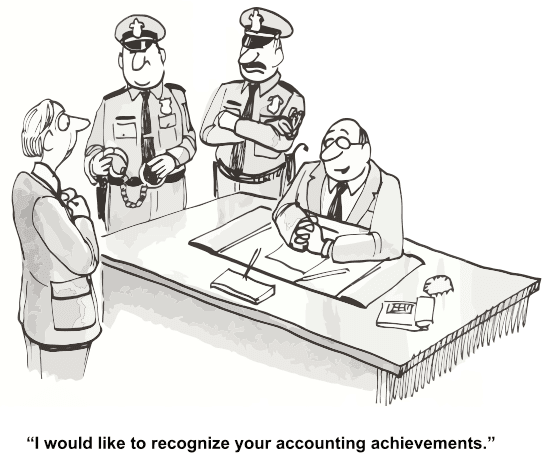What motivates ethical behavior and who are the stakeholders when ethical decisions are involved? Those are questions that face those in an equine veterinary practice. They are being discussed in depth at the AAEP (American Association of Equine Practitioners) annual conference in Orlando 2016. Honored to be their opening keynote speaker, we began by looking at who is involved when it comes to ethical decisions and those with whom ethical conflicts may occur.
 AAEP – Who are the Potential Stakeholders?
AAEP – Who are the Potential Stakeholders?
In a medical practice often you have the owner(s) of the practice as a primary stakeholder with practice employees being sub-stakeholders when it comes to issues of ethics and ethical practice. While there may be many reasons people would make unethical decisions, from the perspective of the primary stakeholder (practice owner) two are dominate: (1) financial considerations and (2) practice protection issues (generally based on a financial motive). Practice employees may also have a financial motivation to make an unethical choice, but for different financial reasons. New veterinarians generally come of school with debt in excess of $125,000 (generally upwards of $150,000 in student debt).
Practice employees may also have a financial motivation to make an unethical choice, but for different financial reasons. New veterinarians generally come of school with debt in excess of $125,000 (generally upwards of $150,000 in student debt). After an initial starting salary, most young vets are paid based on production (not unlike Wells Fargo in the recent news). Greater production equals greater income and a more stable ability to repay student debt. It, therefore, stands to reason that more procedures, tests, etc. might be performed (needed or not) in order to increase production. That raises a number of ethical questions. But practice owners and employees are not the only stakeholders.
But practice owners and employees are not the only stakeholders. In any professional practice, the issue of competition is always a concern. The employee who leaves an established practice with the client list and relationships is a natural concern or the aggressive new vet who is willing to work for less or do more (perhaps willingly playing in the gray area) is an issue for any practitioner who wants to practice in an ethical world.
Beyond practice to practice issues, another major stakeholder in the world of ethics in an equine practice is the insurance company. Relying on the equine veterinarian to provide certifications regarding a horse’s fitness, the issue of misinforming, withholding information and/or intentionally defrauding an insurance company is a significant ethical issue. Here’s a perfect question that AAEP members will be discussing at their annual conference:
- You have performed a pre-purchase exam on a western performance horse and in your report to the purchaser you detail several lameness issues that you believe are controlled by appropriate therapies. The purchaser wants insurance coverage and the company requests your purchase exam report. The owner fears that the insurance company will exclude coverage for major medical on the lameness issues you have detailed. How do you handle this ?
AAEP – Are these the only Ethical Stakeholders?
There are two other ethical stakeholders that have a significant impact on the ethical decision making of the equine veterinarian. One that places the greatest amount of pressure on the equine veterinarian is the horse owner(s). Unlike a tradition human medical practice where (most of the time) the patient can speak for him/herself, in the case of an equine practice the person paying for the service is the horse owner(s). A practical example of an owner(s) or trainer(s) request that requires ethical consideration (being discussed at the AAEP Annual Conference) is:
- Another trainer wants to scratch out of a race as he does not like the competition and wants a vet scratch to get out. You know the horse has chronic fetlock issues that you could use as a reason to scratch but he was going to run the horse anyway and you believe the animal is good to run with the condition. What do you do?
 But the major stakeholder – the one that AAEP is dedicated to – is the HORSE! As a human when I visit the doctor I can speak for myself or I can assign my medical power of attorney to speak for me, but in the case of an animal, the owner is the driving force behind the type of treatment that the animal receives. And, frankly, in the case of a horse, since horses are used for money making endeavors, whether it’s the Budweiser Clydesdales or a racehorse contender in the Kentucky Derby, the horse has a greater utility to the owner vs. dogs or cats (in general).
But the major stakeholder – the one that AAEP is dedicated to – is the HORSE! As a human when I visit the doctor I can speak for myself or I can assign my medical power of attorney to speak for me, but in the case of an animal, the owner is the driving force behind the type of treatment that the animal receives. And, frankly, in the case of a horse, since horses are used for money making endeavors, whether it’s the Budweiser Clydesdales or a racehorse contender in the Kentucky Derby, the horse has a greater utility to the owner vs. dogs or cats (in general).
AAEP – Where from here?
AAEP is committed to keeping the number one stakeholder, when it comes to ethical practice in an equine veterinary setting, at the forefront. Ethical Practice: Every Day Every Time is a key to AAEP and their Association members. It’s an honor to participate in the ethics discussion at the AAEP National Convention.
If you have questions – feel free to contact me or reach out to the professional at the AAEP.
AS ALWAYS YOUR COMMENTS ARE WELCOME!


